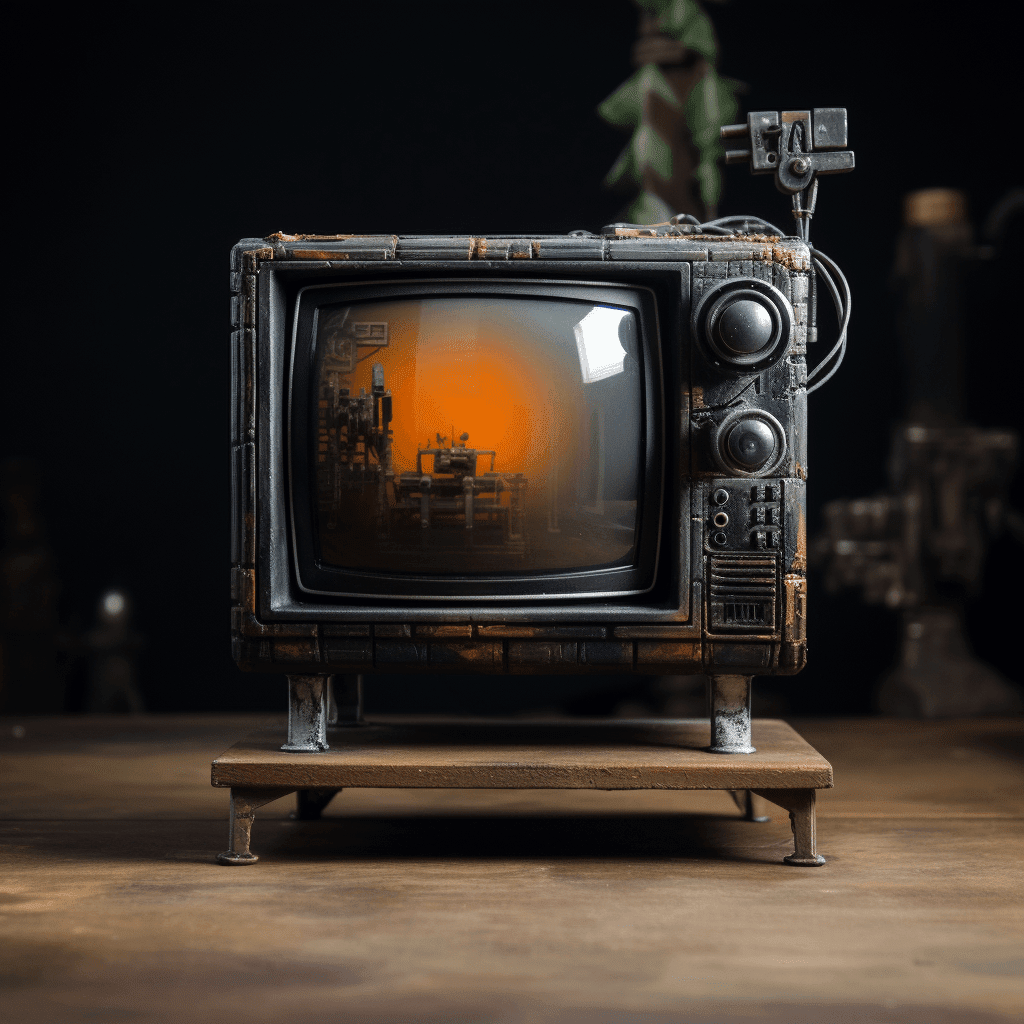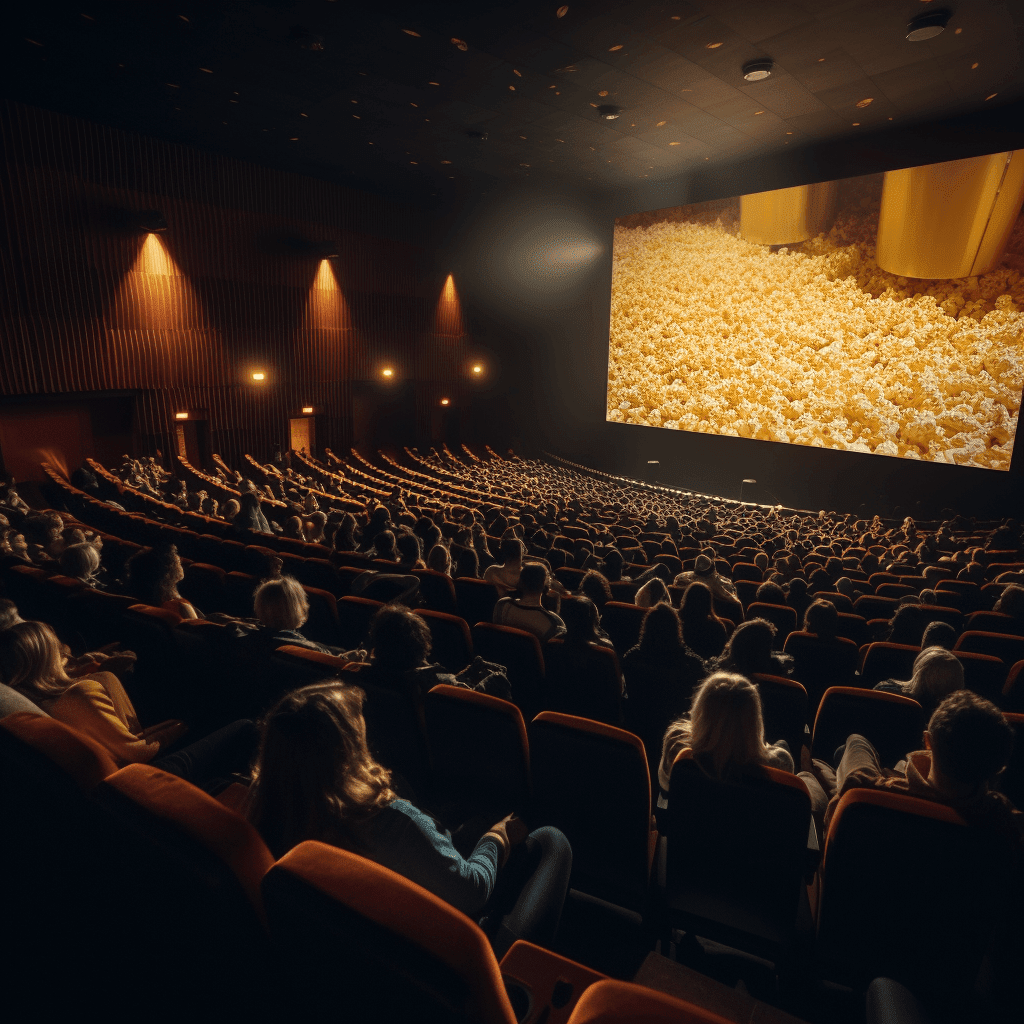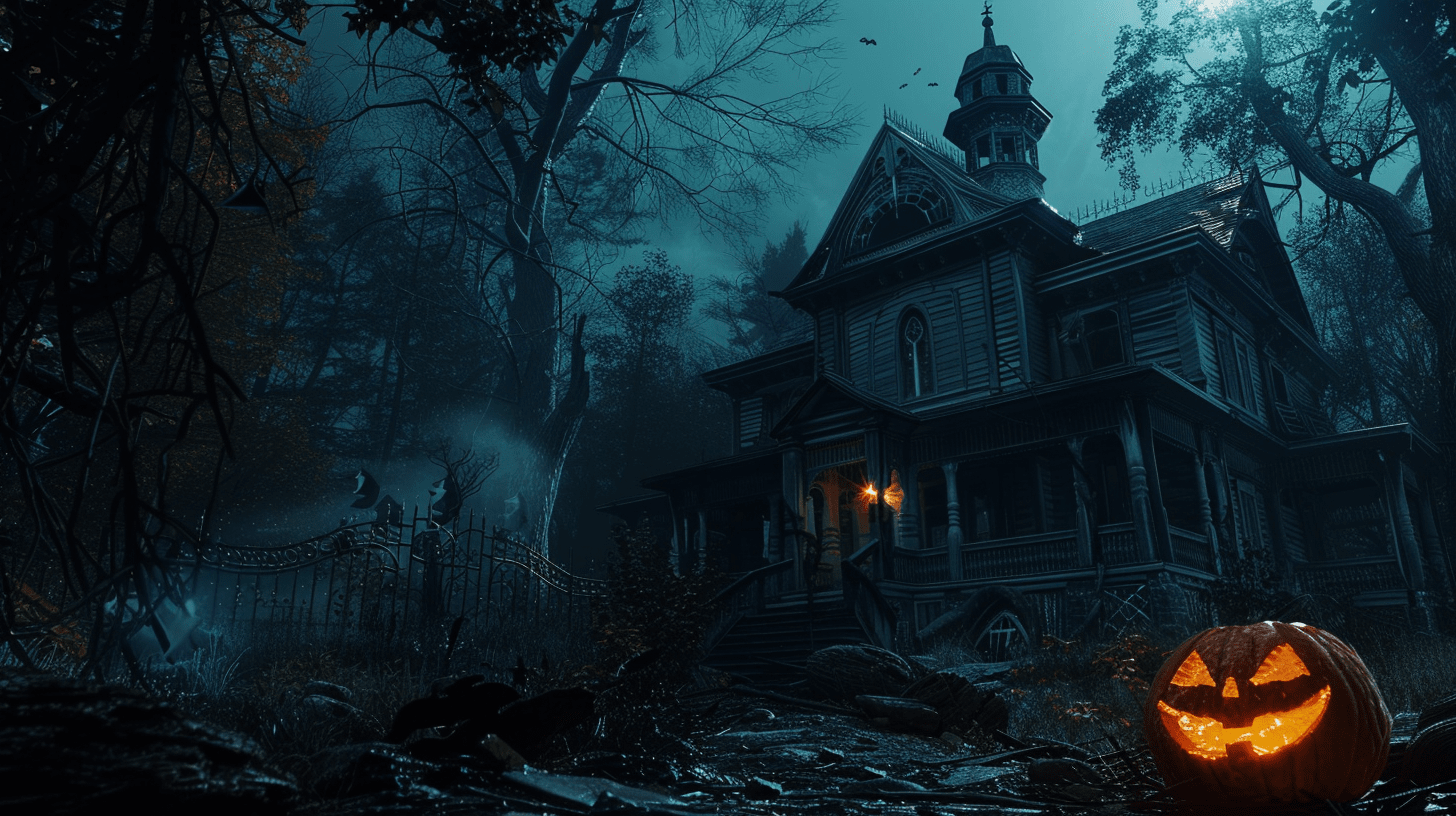Ad Blocker Detected
We use ads to keep this site running, so please consider disabling your ad blocker. Thank you!
Do not know how to disable ad blocker? Check out this article: How to disable ad blocker?
What's After the Blog?
History • Technology
Breaking the Mold: Innovative Film Techniques That Changed Cinema
Explore the groundbreaking film techniques that revolutionized cinema, from the silent era to digital filmmaking, in our comprehensive blog post.
January 5, 2024

Movies mentioned in this article
Breaking the Mold: Innovative Film Techniques That Changed Cinema
The Silent Era: Pioneering Visual Storytelling
Before the advent of synchronized sound in cinema, silent films reigned supreme, captivating audiences with their unique blend of visual storytelling. During this era, filmmakers relied solely on images, intertitles, and often live musical accompaniment to convey their narratives. This limitation, however, birthed a myriad of innovative techniques that would lay the foundation for modern filmmaking.
One of the most significant contributions of the silent era was the emphasis on expressive acting and physical comedy. Actors like Charlie Chaplin in The Kid and Buster Keaton in The General mastered the art of conveying complex emotions, humor, and storylines without uttering a single word. Their exaggerated facial expressions and body language were essential in communicating with the audience. This form of acting is not just a relic of the past but has influenced various genres and styles in contemporary cinema.
Camera techniques also saw remarkable innovations during this period. Directors like D.W. Griffith, in his epic Birth of a Nation, introduced advanced camera movements and editing techniques. Close-ups were used to emphasize emotional moments, while cross-cutting created suspense and excitement. These methods were groundbreaking at the time and have since become standard practice in film editing.
Another key aspect was the use of symbolism and metaphors in storytelling. Films like Fritz Lang’s Metropolis utilized elaborate sets and visual metaphors to delve into complex themes like class struggle and industrialization, setting a precedent for the thematic depth that cinema could achieve.
“The silent era set the stage for the cinematic language we speak today. Without these early innovations, the films we love and study now would be vastly different.”
The Advent of Sound: Revolutionizing Narrative
The introduction of synchronized sound to cinema in the late 1920s brought about one of the most significant shifts in the industry. This era, often referred to as the transition to sound, not only changed the technical aspects of filmmaking but also revolutionized narrative storytelling.
The first feature-length movie to showcase synchronized dialogue was The Jazz Singer in 1927. This film marked the decline of the silent era and the rise of “talkies.” The ability to incorporate dialogue into films opened up a new world of storytelling possibilities. Genres like musicals, with classics like Singin’ in the Rain, emerged, blending dialogue, music, and visuals in a harmonious spectacle.
Sound also introduced the concept of diegetic and non-diegetic elements in films. Diegetic sounds are those that originate from the film’s world, like characters speaking or environmental noises. Non-diegetic sounds, such as background music or voice-overs, are added for the audience’s benefit. This distinction allowed filmmakers to play with the audience’s perception and enhance the narrative, as seen in Alfred Hitchcock’s Psycho, where the score heightens the suspense.
Moreover, the advent of sound led to the development of realistic and dynamic dialogue. Films began to reflect the way people actually spoke, bringing a new level of realism to cinema. This shift is evident in movies like On the Waterfront, where Marlon Brando’s naturalistic performance changed the face of acting.
However, the transition wasn’t smooth for all. Many silent film stars struggled to adapt to the new format, and the industry saw a significant upheaval. This tumultuous period is brilliantly depicted in Sunset Boulevard, a film that explores the consequences of this technological revolution on the lives of silent film stars.
“Sound didn’t just change the way we make films; it transformed the way we experience stories, bringing them closer to real life.”
Color’s Kaleidoscope: Painting Emotions on Screen
The transition from black-and-white to color films represented a dramatic shift in the world of cinema, opening up a new dimension of storytelling through the use of color. This change wasn’t just about making movies more visually appealing; it was about utilizing color as a tool to convey emotions and themes more profoundly.
One of the most iconic examples of this transition is The Wizard of Oz. The moment Dorothy steps out of her sepia-toned world into the vibrant land of Oz is symbolic of the limitless possibilities that color brought to cinema. The use of color in this film goes beyond mere aesthetics; it serves as a narrative device, distinguishing between the dreary reality of Kansas and the fantastical world of Oz. This technique of using color to differentiate settings and moods has been employed in numerous films since, such as the contrasting worlds in Pleasantville.
Technicolor, the most widely used color process in Hollywood’s golden age, brought an unparalleled richness and saturation to the screen, evident in classics like Gone with the Wind and Snow White and the Seven Dwarfs. These films demonstrated how color could enhance the storytelling, making the emotional impact more profound. The fiery reds and deep blacks in Gone with the Wind, for instance, amplify the drama and intensity of the narrative.
Color also opened up new avenues for symbolism. In Alfred Hitchcock’s Vertigo, the use of color is integral to the film’s psychological depth. The recurring green hues signify mystery and obsession, adding layers to the narrative that would be impossible in a monochrome setting.
“Color in cinema is not just about realism; it’s an artistic choice that can elevate a film’s emotional resonance and thematic depth.”
Special Effects: The Magic of the Unreal
The evolution of special effects in cinema has been nothing short of magical. From the early days of practical effects to the modern era of computer-generated imagery (CGI), special effects have continuously pushed the boundaries of what’s possible on screen, creating new worlds and bringing the impossible to life.
A landmark moment in the history of special effects was the release of Jurassic Park in 1993. This film showcased groundbreaking use of CGI to create lifelike dinosaurs, setting a new standard for visual effects. The blend of practical effects, like animatronics, with digital effects, resulted in a level of realism that had never been seen before. This combination is now a staple in many blockbuster films, such as the Marvel Cinematic Universe movies, where practical and digital effects are used to create a more immersive experience.
Another significant advancement was the development of motion capture technology, as showcased in The Lord of the Rings trilogy. This technology allowed for more expressive and realistic non-human characters, like Gollum. Motion capture has since evolved and been used in various forms, including in Avatar, where it helped create a fully immersive alien world.
Special effects have also played a crucial role in genres like science fiction and fantasy, allowing filmmakers to bring their most imaginative ideas to life. Films like Star Wars and Inception used a combination of models, practical effects, and CGI to create visually stunning and unique universes that captivated audiences worldwide.
“Special effects in cinema are not just about dazzling the audience; they are a means of storytelling, allowing filmmakers to explore new narratives and bring the fantastical to life.”
The Digital Age: From Film to Pixels
The advent of digital filmmaking marked a revolutionary shift in the way movies are made and projected. This transition from traditional film to digital media has transformed the landscape of cinema, offering filmmakers unprecedented creative freedom and changing the audience’s viewing experience.
One of the earliest and most significant milestones in digital filmmaking was The Last Broadcast, often cited as the first feature-length movie shot and edited entirely on consumer-grade digital equipment. This film demonstrated the potential of digital technology in reducing production costs and democratizing the filmmaking process, allowing independent filmmakers to create quality content with limited resources.
Digital filming also brought about a significant improvement in visual quality. High-definition (HD) cameras offered clearer, sharper images and greater flexibility in low-light conditions. This technological advancement is vividly showcased in films like Avatar, where the fusion of HD cameras and 3D technology created a visually stunning and immersive world that was groundbreaking at the time of its release.
The impact of digital technology extended beyond filming to the way movies are distributed and projected. Digital projection allowed for easier and wider distribution of films, as digital copies are cheaper to produce and distribute than traditional film reels. This shift is evident in the widespread adoption of digital projectors in theaters worldwide, enhancing the clarity and quality of the images on the big screen.
“The digital age of cinema has not just transformed the technical aspects of filmmaking; it has redefined the artistry and accessibility of movies.”
3D and Beyond: Immersive Experiences
The resurgence and advancement of 3D technology in cinema have significantly enhanced the movie-watching experience, providing audiences with a more immersive and engaging visual spectacle. This technology, which had its roots in the mid-20th century, saw a revival in the 2000s with films like Avatar, which set a new benchmark for 3D cinema.
The modern 3D technology used in films like Avatar and Gravity differs significantly from its earlier counterparts. Today’s 3D films utilize advanced digital cameras and computer-generated imagery (CGI) to create a more realistic and immersive depth of field. This technology allows viewers to feel as though they are part of the movie, enhancing the emotional impact and engagement with the story.
Moreover, the resurgence of 3D has encouraged filmmakers to innovate in visual storytelling. Directors like James Cameron and Alfonso Cuarón have used 3D not just as a gimmick but as a narrative tool. In Gravity, for example, 3D is used to simulate the disorienting experience of space, adding to the film’s suspense and realism.
Beyond 3D, other technologies like virtual reality (VR) and augmented reality (AR) are beginning to make their way into the cinema, promising even more immersive experiences. These technologies have the potential to revolutionize the way audiences interact with film, making the viewer an active participant in the narrative.
“The evolution of 3D and emerging immersive technologies are not merely enhancing the visual experience; they are expanding the boundaries of how stories are told and experienced in cinema.”
Conclusion
In this exploration of innovative film techniques that have reshaped cinema, we’ve witnessed the evolution from the silent era’s expressive visuals to the immersive experiences offered by modern 3D and VR technologies. Each of these advancements, whether it was the introduction of synchronized sound, the transition to color, the magic of special effects, the digital revolution, or the immersive depth of 3D, has not only transformed the technical aspects of filmmaking but also revolutionized how stories are told and experienced.
Films like The Jazz Singer, The Wizard of Oz, Jurassic Park, and Avatar, each in their own right, marked pivotal moments in cinematic history, pushing the boundaries of what filmmakers could achieve and audiences could experience. The silent era taught us the power of visual storytelling, the advent of sound brought narratives to life, color added emotional depth, special effects created new worlds, and digital technology along with 3D deepened our immersion into these stories.
As we look back on these milestones, it’s clear that cinema is not just about entertainment; it’s a constantly evolving art form that reflects and adapts to the technological and cultural shifts of its time. These innovations have not only enhanced the cinematic experience but also expanded the ways in which filmmakers can express their creativity and connect with audiences.
“The journey through cinema’s history of innovation is a testament to the enduring power of film to captivate, inspire, and evolve. It reminds us that at its core, cinema is an art form that thrives on innovation and imagination.”
Invitation to Explore More
We hope you enjoyed this journey through the history of innovative film techniques that have changed the way we experience cinema. For more insights into the world of movies and the art of filmmaking, we invite you to explore other blog posts on What’s After the Movie. Whether you’re a film buff, a casual viewer, or someone curious about the behind-the-scenes magic of movies, our blog offers a diverse range of topics that delve into the many facets of cinema. Join us as we continue to explore the rich and ever-evolving tapestry of film history, techniques, and stories.
Exploring Cinematic Realism: The Quest for Authenticity
The pursuit of realism in cinema has been a driving force behind many technological and stylistic innovations. This quest for authenticity in storytelling has led to the development of new filming techniques, narrative styles, and the use of practical effects to create more believable and engaging experiences for the audience.
One of the key aspects of cinematic realism is the use of location shooting. Moving away from the confines of the studio, filmmakers began to shoot in real-world locations to add authenticity to their stories. Movies like Midnight Cowboy and The French Connection are prime examples, where the streets of New York City are not just backdrops but integral to the narrative, adding a layer of grittiness and reality.
Naturalistic acting is another element that enhances realism in cinema. Method acting, popularized by actors like Marlon Brando and Robert De Niro, involves deeply immersing oneself in a character, often blurring the lines between the actor’s persona and the role. This approach, seen in films like Raging Bull and The Godfather, brings a depth and authenticity to characters that resonate with audiences on a more profound level.
The use of handheld cameras and long takes also contributes to the realism in films. This technique, used effectively in movies like Children of Men and The Revenant, creates a sense of immediacy and immersion, making the audience feel like they are part of the action.
“The pursuit of realism in cinema challenges filmmakers to find innovative ways to tell stories that resonate with authenticity and emotional truth.”
The Impact of Global Cinema: Diverse Voices and Styles
Global cinema has played a crucial role in introducing diverse voices and styles to the world of film, breaking down cultural barriers and expanding the horizons of storytelling. The influence of non-Hollywood films is undeniable, bringing fresh perspectives, unique narratives, and stylistic innovations that have enriched the global film landscape.
Japanese cinema, for instance, has had a profound impact on filmmaking. Directors like Akira Kurosawa, with his samurai epics such as Seven Samurai, introduced narrative techniques like the use of multiple perspectives and nonlinear storytelling. His influence is seen in Western films like The Magnificent Seven, a direct adaptation of his work.
The French New Wave, with directors like Jean-Luc Godard and François Truffaut, revolutionized cinema in the 1950s and 60s with their rejection of traditional filmmaking conventions. Their experimental approach to narrative structure, visual style, and character development in films like Breathless and The 400 Blows has had a lasting impact on cinematic storytelling.
Indian cinema, particularly Bollywood, has also contributed significantly with its unique blend of music, dance, and drama. Films like Dilwale Dulhania Le Jayenge and Lagaan showcase the vibrancy and emotional depth of Indian storytelling, influencing filmmakers worldwide.
“Global cinema reminds us that the language of film is universal, transcending borders and cultures, and that diversity in storytelling enriches our understanding of the world.”
Continue reading

What's After the Movie?
Not sure whether to stay after the credits? Find out!
Check out our other apps:
Actors
Companies
Latest Movies
© 2025 What's After the Movie. All rights reserved.


































